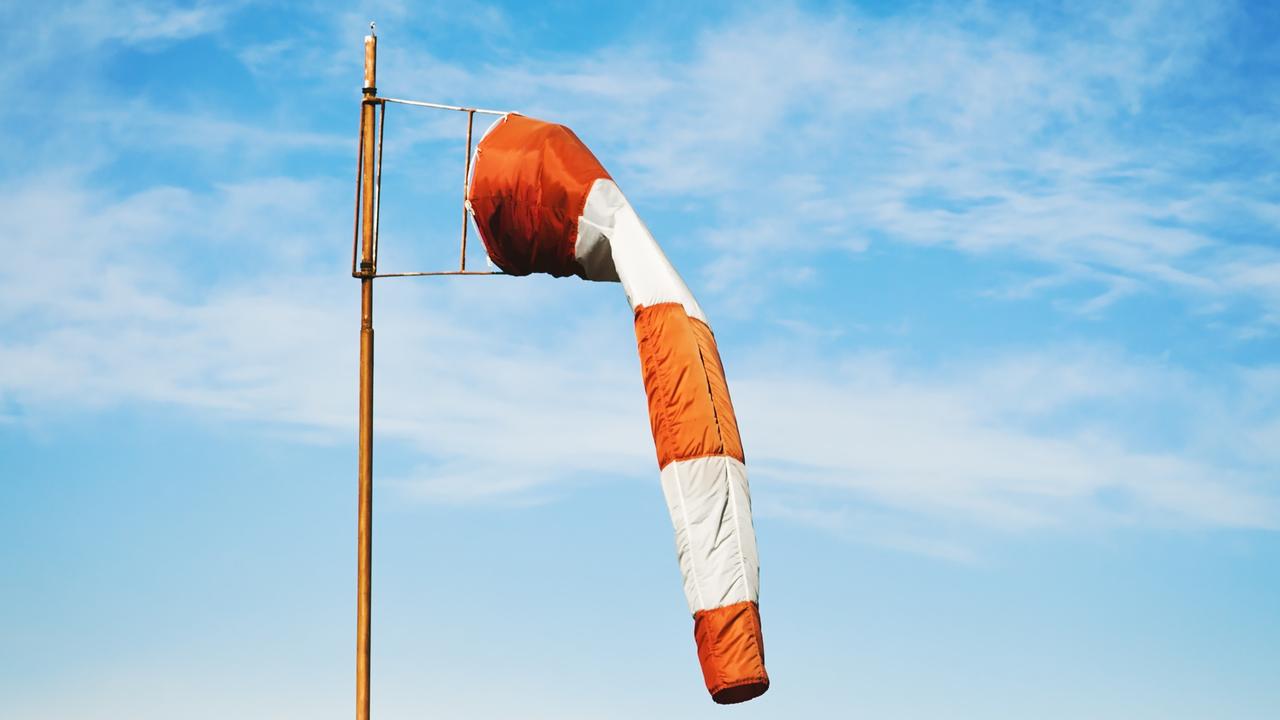Local and international companies to be awarded licences for offshore wind generation
Local and international heavyweights have been preliminarily awarded a development licence for an energy source which Victoria has earmarked as critical to transition away from coal.

Business
Don't miss out on the headlines from Business. Followed categories will be added to My News.
Australian giants and some of the world’s largest renewable energy developers have been preliminarily selected for a licence to develop an offshore wind project in Victoria, The Australian understands.
The group, which could still change as an official decision remains some weeks away, would be the lead developers of an energy source which Victoria has placed at the heart of its transition plans.
Sources have told The Australian that Star of South, which is Australia’s most advanced offshore wind operator, Macquarie’s green arm, a consortium which includes AGL Energy, Norwegian giant Orsted, and the now Japanese-owned Parkwind have been preliminarily awarded a so-called feasibility licence.
All parties contacted by The Australian declined to comment and all applicants were required to sign non-disclosure agreements during the bidding process.
Feasibility licences give projects exclusive rights over a part of the region for seven years, which is critical for attracting investment.
The inclusion of AGL and its partner Parkwind would aid Australia’s relationship with Japan, which is a key regional ally. Parkwind is owned by JERA, Japan’s largest power generation company.
JERA last month acquired a 15.1 per cent stake in Woodside’s Scarborough LNG project as the Japanese giant moves to cement its energy supplies.
But JERA’s win is in contrast to Flotation Energy, which is owned by Tokyo Electric Power Company, one of Japan’s largest companies.
The Australian exclusively reported in January that Floatation Energy, widely seen as Australia’s second most advanced offshore wind development and one that has secured millions of dollars in grants, had been left off the list of preliminary licence holders.
The Australian understands that Floatation Energy has attempted to lobby the federal Labor government to reverse its decision, and an Tokyo Electric Power Company executive recently travelled to Canberra.
It is not known whether the Tokyo Electric Power Company representative secured a meeting with federal Energy Minister Chris Bowen.
The list could be increased if other projects which are in so-called boundary disputes, such as Origin, Shell, and EnergyAustralia, are able to adjust potential borders.
The Australian understands progress in untangling boundary disputes is expected to accelerate within the next couple of weeks. Those with a boundary dispute still do not know who they are vying against for the same part of the ocean, but sources said parties were likely to be identified as soon as next week.
Once informed, parties are expected to have 30 days to strike an agreement.
While it appears unlikely that all six parties that have a boundary dispute will be able to overcome the border row, the government appears hopeful that about 10 developers will be able to begin work on the zero-emission generation source, and Victoria is desperate for the industry to materialise.
The Victorian government in 2022 set a target of generating the equivalent of about 20 per cent of its energy needs from offshore wind within a decade. The target then doubles to 4GW by 2035 and 9GW by 2040.
In all, Victoria sees potential for 13GW of offshore wind capacity by 2050 which is five times the current renewable generation in Victoria.
Victoria is Australia’s most coal dependent state but its two largest generators are due to be retired in little more than a decade. Its coastline is ideal for offshore wind-powered generation as the wind there is very strong and consistent by international standards. As well, a large area of shallow ocean less than 60m deep is suitable for wind turbine platforms to be fixed to the seabed – a much more mature and cheaper technology than the floating turbines that must be used in deeper waters.
The developments can capitalise on existing transmission lines from the retiring Yallourn coal power station, negating the need to build any new high-voltage cables.
Victoria’s hopes will be buoyed when Mr Bowen on Wednesday declares the Portland region open for offshore wind.
The declaration will be keenly watched by Alinta Energy,
Alinta, Australia’s fourth-largest energy retailer, had proposed a 1000 megawatt offshore wind project to provide a sizeable part of Victoria’s energy needs and meet demand from heavy users, most notably Alcoa and CITIC’s Portland smelter, which uses nearly 10 per cent of Victoria’s total electricity supply.
But its plans were up-ended when Mr Bowen last year excluded the region where Alinta had proposed to develop, forcing the company to reconsider its options.
Alinta had planned for the Spinifex project to be located as close as 10km off Portland’s coast, where ocean depths of 30m to 60m would allow the company to install wind turbines attached to the sea bed.
But after opposition from Indigenous groups with spiritual connections to the region as well as other community groups, Mr Bowen has proposed that no developments be permitted within 20km of Portland.
Mr Bowen will on Wednesday unveil the final decision on where developments can be located.
More Coverage
Originally published as Local and international companies to be awarded licences for offshore wind generation
Read related topics:Climate Change





